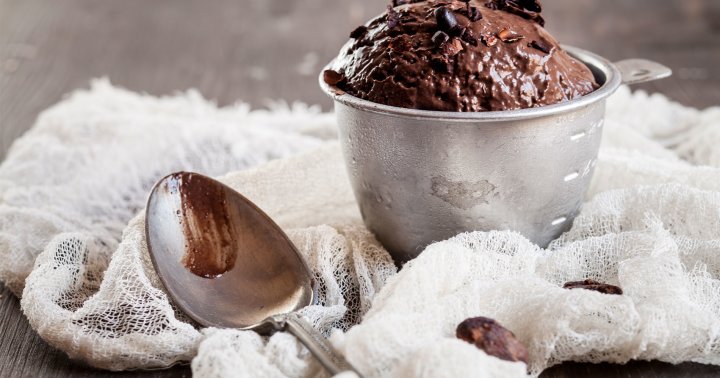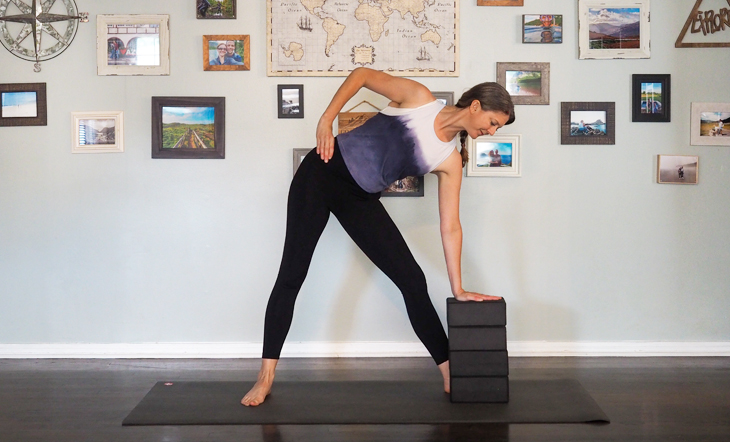5 Ways To Recycle Old Mattresses & Why You Really Should
It's not as easy as it should be, but it's not impossible either.


Our editors have independently chosen the products listed on this page. If you purchase something mentioned in this article, we may earn a small commission.
March 28, 2022 — 11:05 AM
Buying a new mattress feels like a rite of passage. Out with the old, in with the new, right? But when we're ready to upgrade our sleep sanctuary, what are we supposed to do with our old mattress? It's such a bulky item that anything other than tossing it to the nearest dumpster feels like a challenge. Well, while mattress recycling isn’t as easy as it should be, it isn't impossible either. Here's how it's done.
Can you recycle mattresses?
Yes, most mattress materials can be recycled. And considering that we trash an estimated 20 million mattresses every year in the U.S. alone, this is an important option to know about.
Health Coach Certification
A best-in-class, board certified curriculum grounded in a holistic approach to healing.

Recycling even a percentage of that would curb the amount of waste that ends up in landfills. “Most landfills don’t even want to accept [mattresses],” says Alexi Wyatt, the marketing manager of Florida-based eco-nonprofit, Mustard Seed. “There are chemicals in them that cause chemical air pockets and leech into the water.”
Unfortunately, mattress recycling is not accessible everywhere because it's an expensive and labor-intensive process. Programs like Earth911 and Bye Bye Mattress make it easier to find any local recycling programs that do exist near you—but don’t be surprised if the closest center is 10 cities or a state away.
If recycling your mattress isn’t in the cards, there are a few other ways to give it a second life including donating it, repurposing it into home goods and furniture, and selling it to someone else.
How mattress recycling works.
The entire basis of recycling is taking a product and transforming its materials into something that can be used again. Depending on the type of mattress you have, you can expect to find any of the following materials inside of it: foam (natural or synthetic), polyester batting, springs, coils, flame retardants, adhesives, wool, and cotton. And according to Wyatt, “90 to 95% of a mattress can be recycled.”
During the recycling process, mattresses and boxsprings are inspected first, then deconstructed to expose the layers within. If they’re not too far gone, the cotton, natural foam, wool, and wooden components are separated from each other before being shipped to their respective recycling facilities and given a second life as the following:
Even if you recycle your mattress, it’s important to know despite your best efforts, parts of it may still end up in the landfill. Opting for a mattress that contains mostly natural, non-toxic materials will help increase the chance of recyclability.
Why it’s good for the planet.
Instead of sending your mattress to a landfill to emit greenhouse gases into the air as it slowly rots, recycling your mattress can do the following (yes, even if a percentage of it still ends up in the landfill):
How often should you be replacing your mattress?
The National Sleep Foundation recommends replacing your mattress every six to eight years under normal circumstances. Though some cleaning experts say you can get up to 10 years out of a quality mattress if you are diligent about caring for it.
You may want to consider replacing your mattress sooner if:
If your new mattress comes with a pickup program, don't be afraid to ask what the company does with old mattresses once they're in their possession.
How to recycle your mattress.
If the lifecycle of your mattress is coming to an end and you want to recycle it, here are five ways you can go about doing so.
1. Contact the mattress manufacturer to inquire about recycling.
Call or email the company you originally bought the mattress from to see if they’re involved in a recycling program or have one of their own you can participate in.
2. Contact a mattress recycling program.
Recycling programs like 1-800-GOT-JUNK (operating in the U.S., Canada, and Australia) are happy to take your old mattress off your hands for a fee. It’s one of the more convenient ways to recycle your mattress, albeit not the most cost-effective one.
Depending on where you live, you may also have the opportunity to coordinate something with your local recycling drop-off site, so ask around.
Whether in-person or through an online secondhand shop like Craigslist or Facebook Marketplace, if your mattress is clean and in good condition, you can try selling it to someone else. Mattresses aren’t cheap so you’d be doing both the person and the planet a favor. And you get paid for not tossing your mattress in the ally. Win-win-win.
4. Donate it to a shelter or nonprofit.
Donating is always a great way to give something a new life while helping people in need. Check with your local shelters and organizations to ask if they accept mattresses, and under what conditions. Of course, if your mattress is infested with bed bugs or over 10+ years old, this isn’t the route to go.
You can also look to see if there are any nonprofits like Mustard Seed, which donates used goods to families impacted by disaster or tragedy, in your area.
Ready to get a little crafty? Head to Pinterest and Facebook for some inspiration on how to refashion mattress materials: Memory foam can be cut into pieces and used as seat cushions, while coils can be reimagined as paperweights, candle holders, or other home decor pieces.
Recycling your mattress is not for the faint of heart, but it’s a seemingly small action that can end up making a big difference. So check to see what mattress recycling looks like in your area and consider repurposing if recycling isn’t an option. Once your mattress is off your hands, you can turn your attention to responsibly disposing of that old pile of clothes and stack of CDs.
https://www.mindbodygreen.com/articles/mattress-recycling

 ShanonG
ShanonG 






























